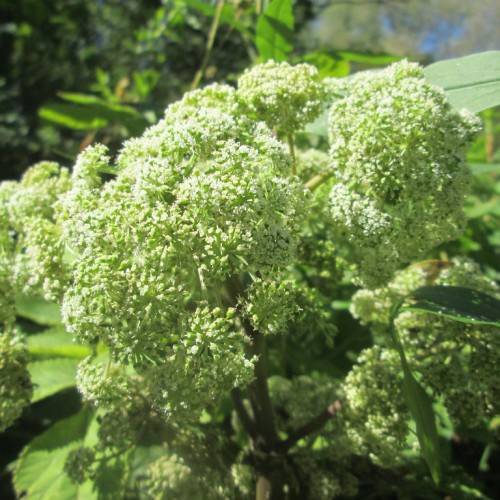
Woodland Angelica
Angelica sylvestris
Also Known As - Wild AngelicaWatering:
Frequent
Hardiness Zone:
Sun:
Partial Shade, Shade
Leaf:
Yes
Growth Rate:
Low
Drought Tolerant:
Yes
Salt Tolerant:
Yes
Invasive:
Yes
Care Level:
High
watering
Kneeling Angelica should be watered once every 1-2 weeks. The amount of water should be enough to thoroughly saturate the soil in the pot, however be careful not to over water. The soil should be relatively moist when touched, with excess water draining from the drainage holes in the bottom of the pot. It is important not to let the soil become soggy or waterlogged.
sunlight
Kneeling Angelica is a shade-loving plant that grows best in partial shade, meaning it should receive at least 2-4 hours of direct sunlight each day. Direct sunlight in the morning is best for this plant, and it should receive no more than 6-7 hours in total to prevent burning. During the hottest summer months, it may be best to keep this plant in light to full shade, as too much direct afternoon sunlight can cause its leaves to wilt and become sticky. To prevent the plant from becoming ‘leggy,’ be sure to rotate the pot every 1-2 weeks so it gets an even distribution of sunlight.
pruning
Kneeling Angelica (Angelica genuflexa) should be pruned once a year in the early spring or late fall. Pruning helps to maintain the shape and size of the plant and also promotes new growth. When pruning, only remove 1/3 of the top growth at once. Be careful not to prune too far down, as this will impact the shape of the plant and its growth. Pruning is not necessary for vigorous growth, but may help regulate the size and shape of the plants. Be sure to clean pruning tools between uses to prevent the spread of disease.
